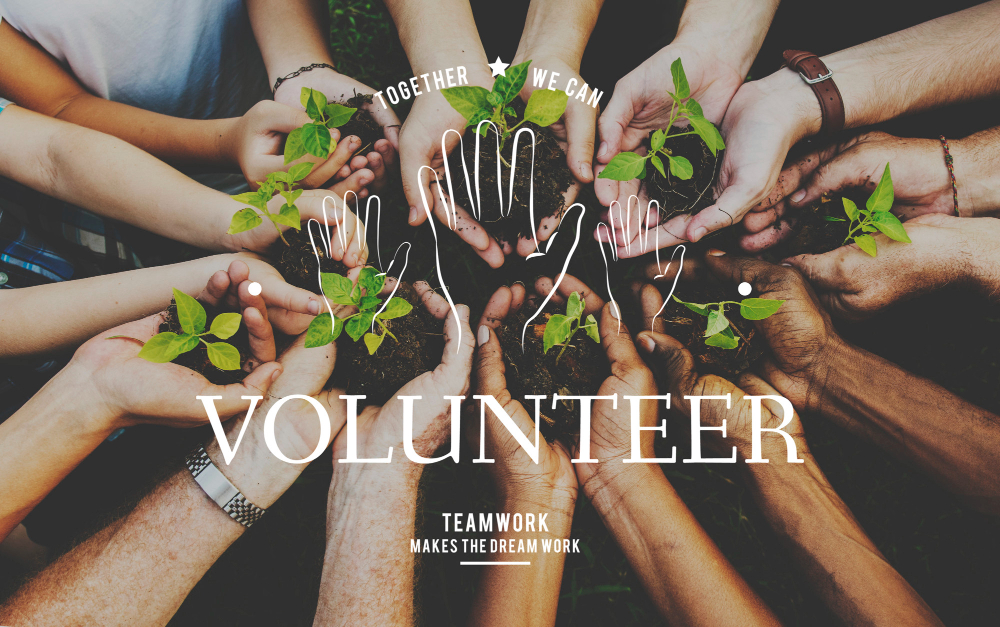Creating Sustainable Solutions: Our Approach to Long-Term Change
At our charity, we are committed to creating sustainable solutions to the challenges faced by communities in need. While providing immediate aid is important, we believe that long-term change requires a different approach. In this article, we’ll share our approach to creating sustainable solutions and some of the successes we’ve had in implementing this approach.
Our approach is grounded in the belief that sustainable change requires a holistic understanding of the challenges faced by communities in need. This means looking beyond the immediate needs of individuals and addressing the root causes of poverty, inequality, and other social issues. To do this, we work closely with local communities and stakeholders to understand their needs and develop solutions that are tailored to their specific context.
One example of this approach in action is our work with a rural community in South Asia. This community had been struggling with food insecurity and poverty for generations, and had limited access to education and healthcare. Through a series of consultations with local leaders and community members, we were able to identify the root causes of these issues and develop a comprehensive strategy to address them.
Our strategy included a range of interventions, from providing education and training in sustainable farming techniques to building new healthcare facilities and improving access to clean water. But perhaps most importantly, we worked closely with the community to ensure that they had a stake in the success of these interventions. We provided training and support to local farmers and healthcare workers, and encouraged the community to take ownership of the initiatives we were implementing.
The results of this approach were impressive. Over time, the community was able to increase their crop yields and diversify their income sources. They were able to build a new school and improve access to healthcare, leading to better health outcomes for children and adults alike. And perhaps most importantly, the community felt empowered and invested in the success of these initiatives, ensuring that they would continue to thrive long after we had left.
This approach is not without its challenges, however. Creating sustainable solutions requires a long-term commitment to a community, and it can take years to see tangible results. It also requires a significant investment of resources and expertise, and a willingness to work collaboratively with local stakeholders. But we believe that the benefits of this approach far outweigh the challenges.
Another example of our approach to creating sustainable solutions is our work with a community in West Africa that was affected by the Ebola outbreak. In addition to providing immediate aid to those affected by the outbreak, we worked closely with local healthcare providers and community leaders to develop a long-term strategy to prevent future outbreaks.
Our strategy included providing training and support to healthcare workers, improving access to healthcare facilities, and implementing community education and awareness campaigns. We also worked with the government to improve infrastructure and strengthen healthcare systems at the national level. Thanks to these interventions, the community was able to prevent future outbreaks of Ebola and other infectious diseases, and improve overall health outcomes for the population.
In both of these examples, our approach to creating sustainable solutions was grounded in a deep understanding of the needs and challenges faced by the communities we were working with. By working collaboratively with local stakeholders and investing in long-term solutions, we were able to create lasting change and empower communities to take ownership of their own futures.
But perhaps most importantly, our approach to creating sustainable solutions is grounded in a belief in the power of communities to create positive change. We believe that local communities are the experts on their own needs, and that by working collaboratively with them, we can create solutions that are tailored to their specific context and that will continue to thrive long after we have left.
In conclusion, creating sustainable solutions to the challenges faced by communities in need requires a different approach than providing immediate aid. At our charity, we believe that sustainable change requires a holistic understanding of the root causes of poverty and inequality, and a commitment to working collaboratively with local stakeholders to develop tailored solutions




